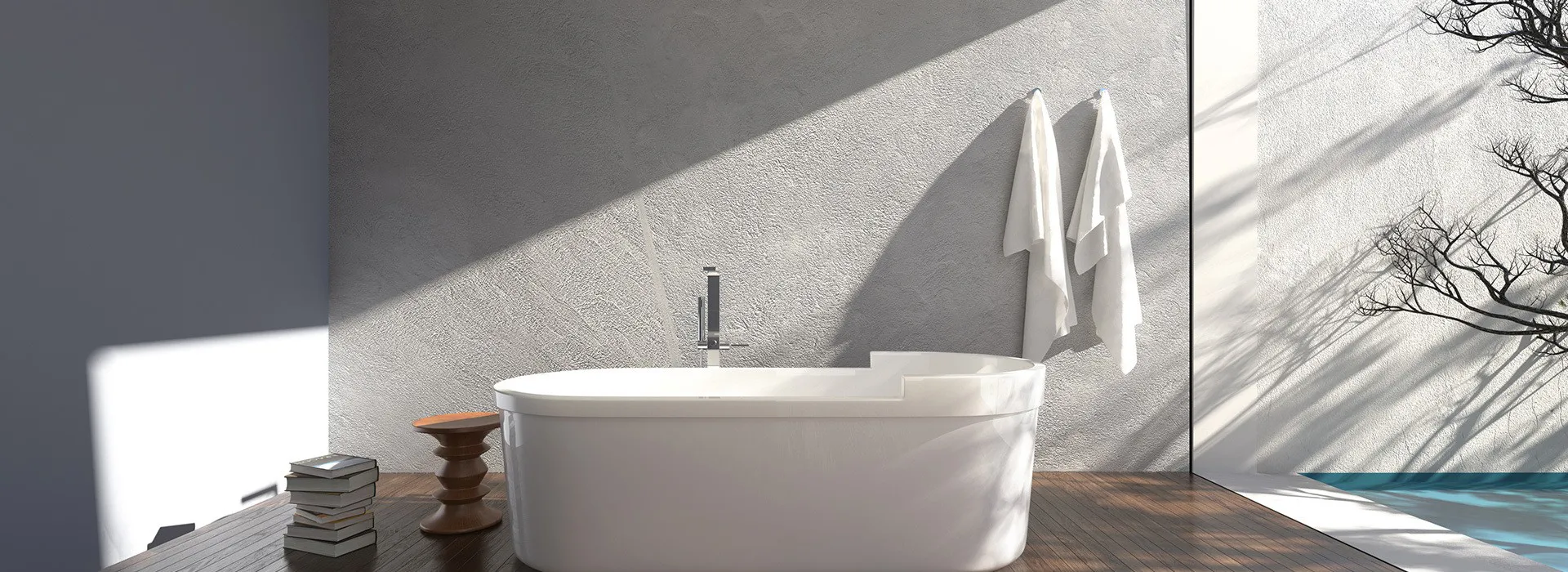
Knowledge
The Comprehensive Benefits of PP-R Hot and Cold Water Piping Systems
Release time : March 24 2025
PP-R, or Polypropylene Random Copolymer, is a thermoplastic polymer that has gained significant popularity in the construction industry, particularly for hot and cold water piping systems. The increasing demand for efficient, cost-effective, and durable plumbing solutions has made PP-R piping a favored choice among builders and contractors. This article delves into the key features and benefits of PP-R hot and cold water piping systems, providing valuable insights for anyone involved in construction and renovation projects.
One of the standout characteristics of PP-R piping is its excellent thermal resistance. PP-R pipes can withstand high temperatures without deforming or losing structural integrity, making them suitable for hot water applications. This quality ensures that the piping system remains reliable and efficient over time, even under challenging conditions. Moreover, PP-R's low thermal conductivity minimizes heat loss during the transportation of hot water, contributing to energy savings in heating systems.
In addition to thermal resistance, PP-R pipes are known for their impressive durability. They are resistant to corrosion, scaling, and chemical substances, which makes them ideal for various environments, including residential, commercial, and industrial settings. Unlike metal pipes, PP-R does not rust or deteriorate, ensuring a longer lifespan and reduced maintenance costs. This durability translates to fewer replacements, which is not only cost-effective but also beneficial for the environment by reducing waste.
Another significant advantage of PP-R hot and cold water piping systems is their lightweight nature. This characteristic simplifies installation processes, as PP-R pipes are easier to handle and transport than traditional materials like metal or concrete. The ease of installation can significantly reduce labor costs and project timelines, making it an attractive option for contractors.
Furthermore, PP-R piping systems are designed to be inherently smooth, which minimizes friction and allows for efficient water flow. This smooth interior surface prevents the buildup of deposits that can lead to clogs, ensuring that the water supply remains consistent and uninterrupted. Higher flow rates can also contribute to the overall efficiency of the plumbing system.
Sustainability is another critical aspect of PP-R systems. The production process of PP-R materials is less energy-intensive compared to other piping options, and the material itself is recyclable. This environmental consideration aligns with the growing emphasis on eco-friendly practices in construction.
In summary, the PP-R hot and cold water piping system offers numerous benefits, including thermal resistance, durability, lightweight design, efficient water flow, and environmental sustainability. As construction and renovation projects increasingly prioritize efficiency and sustainability, PP-R piping systems are becoming a go-to solution for modern plumbing needs. Whether you are a contractor, builder, or homeowner, understanding the advantages of PP-R can help you make informed decisions for your next project.
One of the standout characteristics of PP-R piping is its excellent thermal resistance. PP-R pipes can withstand high temperatures without deforming or losing structural integrity, making them suitable for hot water applications. This quality ensures that the piping system remains reliable and efficient over time, even under challenging conditions. Moreover, PP-R's low thermal conductivity minimizes heat loss during the transportation of hot water, contributing to energy savings in heating systems.
In addition to thermal resistance, PP-R pipes are known for their impressive durability. They are resistant to corrosion, scaling, and chemical substances, which makes them ideal for various environments, including residential, commercial, and industrial settings. Unlike metal pipes, PP-R does not rust or deteriorate, ensuring a longer lifespan and reduced maintenance costs. This durability translates to fewer replacements, which is not only cost-effective but also beneficial for the environment by reducing waste.
Another significant advantage of PP-R hot and cold water piping systems is their lightweight nature. This characteristic simplifies installation processes, as PP-R pipes are easier to handle and transport than traditional materials like metal or concrete. The ease of installation can significantly reduce labor costs and project timelines, making it an attractive option for contractors.
Furthermore, PP-R piping systems are designed to be inherently smooth, which minimizes friction and allows for efficient water flow. This smooth interior surface prevents the buildup of deposits that can lead to clogs, ensuring that the water supply remains consistent and uninterrupted. Higher flow rates can also contribute to the overall efficiency of the plumbing system.
Sustainability is another critical aspect of PP-R systems. The production process of PP-R materials is less energy-intensive compared to other piping options, and the material itself is recyclable. This environmental consideration aligns with the growing emphasis on eco-friendly practices in construction.
In summary, the PP-R hot and cold water piping system offers numerous benefits, including thermal resistance, durability, lightweight design, efficient water flow, and environmental sustainability. As construction and renovation projects increasingly prioritize efficiency and sustainability, PP-R piping systems are becoming a go-to solution for modern plumbing needs. Whether you are a contractor, builder, or homeowner, understanding the advantages of PP-R can help you make informed decisions for your next project.
Tags:
Recommended News
March 03 2025
March 03 2025
November 11 2021
November 11 2021
November 11 2021
November 11 2021
November 11 2021
January 01 2022
July 07 2022
March 03 2025
X

